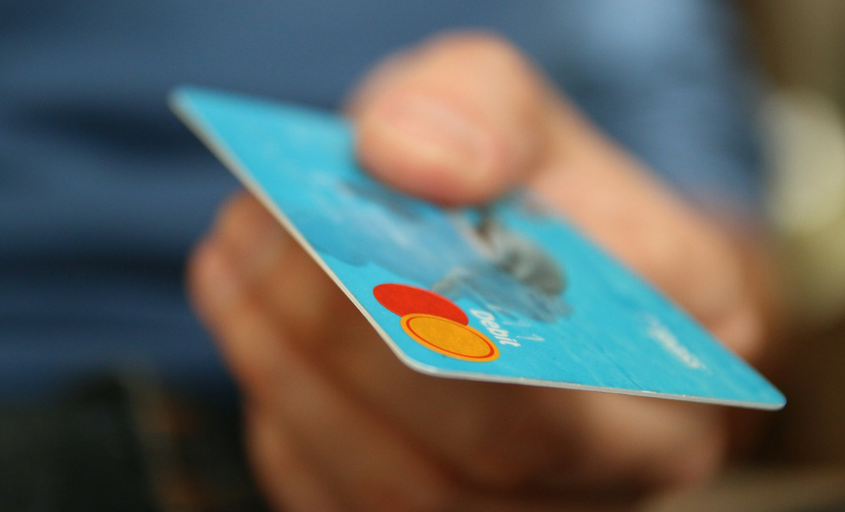Paul Hickey, our Director of Digital Solutions, recently shared his insights about life event trigger marketing, and how businesses can and should be using it in Business Computing World. We’ve highlighted the key elements of his article below.
Life event trigger marketing is about identifying when people are going through those big events in their lives that lead to changes in their buying behavior – and using this knowledge to communicate with them at exactly the right time, with exactly what they need. In life event trigger marketing, you need to have factual data that shows you exactly where someone is on that life event journey – for instance, if their house is ‘sold subject to contract’, you know that they are moving home imminently. For a bed manufacturer, for instance, this is invaluable knowledge to decide on the timing and message of communications. And for the consumer, it means they will be receiving very useful information and offers to help them make timely decisions.
Life event trigger marketing is, therefore, a way of understanding the context of someone’s behavior – why they are doing what they are doing. And this is incredibly powerful. For example, if a department store identifies a woman aged 45-55 is searching for crockery and bedding then that’s interesting. However, if they also know they have a child heading to university then that’s much more interesting! It means that the type of crockery and bedding they should promote needs to be low-end rather than high-end – plus they can identify many other cross-selling opportunities relating to this life event; from student banking deals to posters.
The context provided through life event information is key in creating the right messaging. Highly personalized mailings and timely display advertising focusing on trigger touchpoints can significantly increase results and develop brand loyalty making a customer feel valued and understood.
The secrets to success
While life event trigger marketing is unlikely to become the sole marketing approach for any brand, there are a significant number of companies who would benefit from adding it into the marketing mix to boost overall campaign effectiveness. Interestingly, it’s not just obvious sectors, such as furniture and DIY either. For example, moving home often leads to the purchase of a holiday, as people consolidate loans and book a much-needed trip post-move. So for any marketer looking to bring a life event approach into their marketing mix, what are the three most important points to remember?
- Data – recent data is vital, as is factual, not inferred data
- Content – communications must be contextually relevant in terms of both timing and messaging
- Omni-channel – the consumer journey is no longer linear; know how to target consumers when it matters most.
These factors are beneficial to any marketing strategy but should be seen as essential for a successful life event campaign. The right data crafted into emotionally relevant content can empower your company to reach consumers at the exact time when they need your services most.
To read the full article from Business Computing World, click here.
To have a free consultation from us, click here
